-

-

-

-
 A blend of pot and column still Barbados rum, first aged in refill American whiskey casks for 10-12 years on Barbados and then shipped to Cognac, France where it was finished for an additional 18-24 months in French oak ex-cognac casks. Read more
A blend of pot and column still Barbados rum, first aged in refill American whiskey casks for 10-12 years on Barbados and then shipped to Cognac, France where it was finished for an additional 18-24 months in French oak ex-cognac casks. Read moreNV 40% ABV 70cl
-
 Golden Rum with notes of banana, honey, coconut, almond and warm earth. Makes an excellent base for rum cocktails or mixed with cola. Read more
Golden Rum with notes of banana, honey, coconut, almond and warm earth. Makes an excellent base for rum cocktails or mixed with cola. Read moreNV 43% ABV 70cl
-
 This fine Trinidadian rum is aged for a minimum of seven years in once used bourbon casks. A full bodied rum with strong maple, chocolate, honey and toffee character, a rich style that finishes warm and mellow - just like a good rum should. Read more
This fine Trinidadian rum is aged for a minimum of seven years in once used bourbon casks. A full bodied rum with strong maple, chocolate, honey and toffee character, a rich style that finishes warm and mellow - just like a good rum should. Read moreNV 40% ABV 70cl
-
 This smooth, lightly spiced rum gets its rich amber hue from upcycled cacao husks, sourced from fair-trade UK chocolatiers. With warm notes of vanilla, chai, toffee apple, and cacao, it’s a flavourful, sustainable spirit that’s as kind to the planet as... Read more
This smooth, lightly spiced rum gets its rich amber hue from upcycled cacao husks, sourced from fair-trade UK chocolatiers. With warm notes of vanilla, chai, toffee apple, and cacao, it’s a flavourful, sustainable spirit that’s as kind to the planet as... Read moreNV 40% ABV 70cl
-

-

-
 Gosling's Black Seal is a full-flavoured dark, barrel-aged rum which is blended in Bermuda from three distinctly different, triple pot distilled rums. The rum is then aged for 3 years in re-charred American oak barrels previously used to age bourbon... Read more
Gosling's Black Seal is a full-flavoured dark, barrel-aged rum which is blended in Bermuda from three distinctly different, triple pot distilled rums. The rum is then aged for 3 years in re-charred American oak barrels previously used to age bourbon... Read moreNV 40% ABV 70cl
-

-

Rum
We’ve gathered a wide collection from all over the world to bring you a selection of White, Golden and Aged rums, alongside dozens of flavourful blends, Spiced Rums and pioneering new producers.
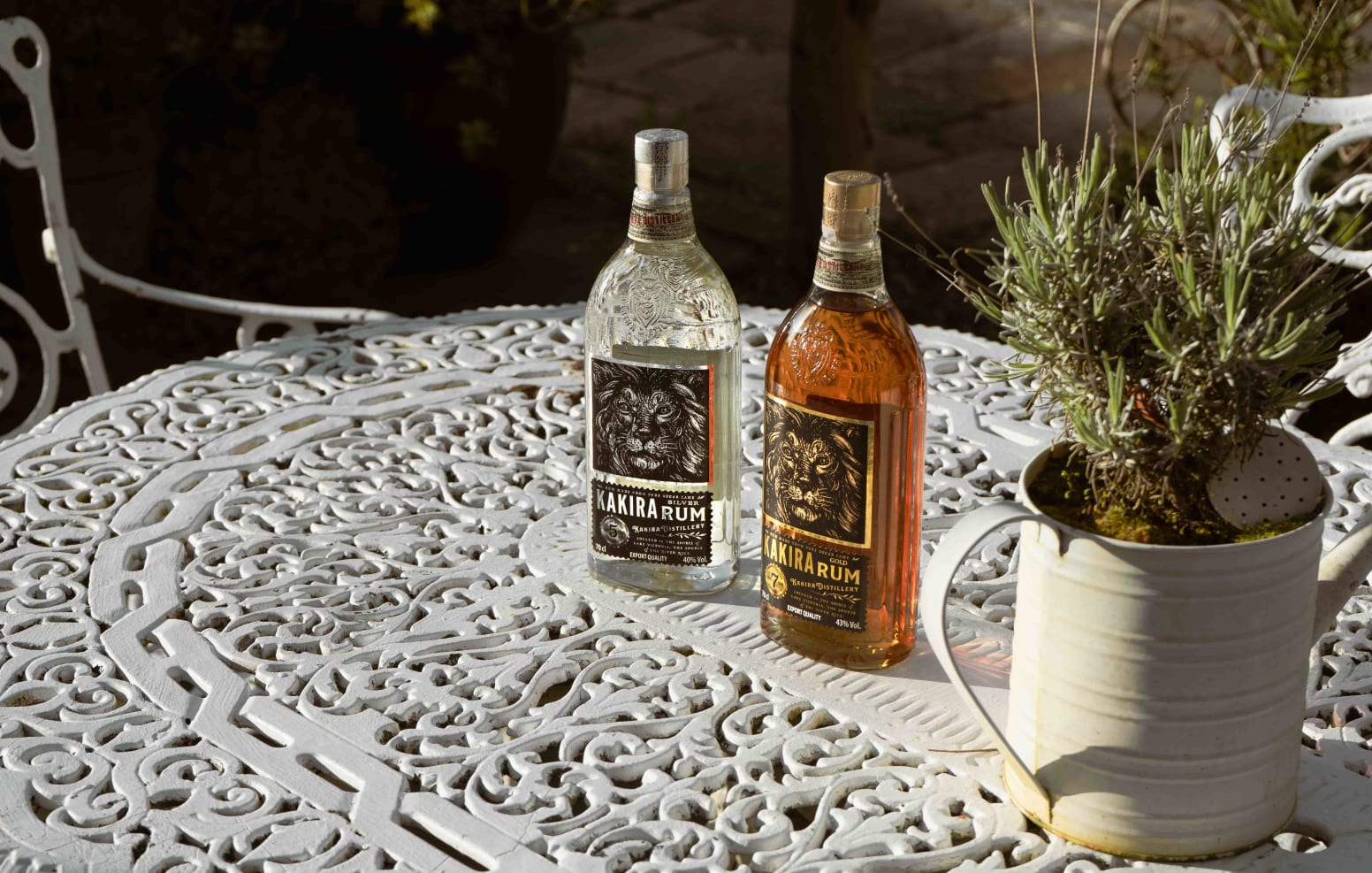
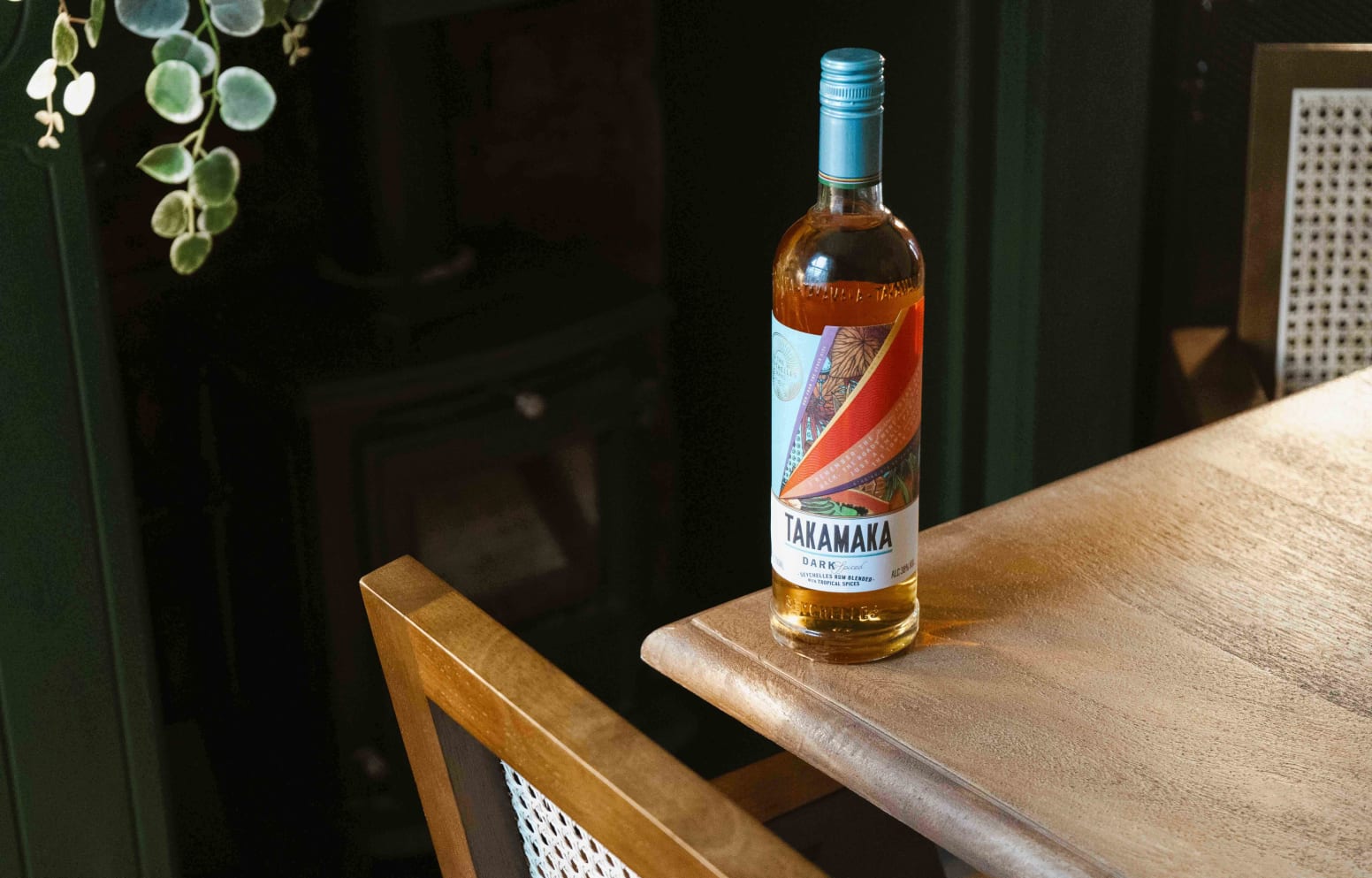
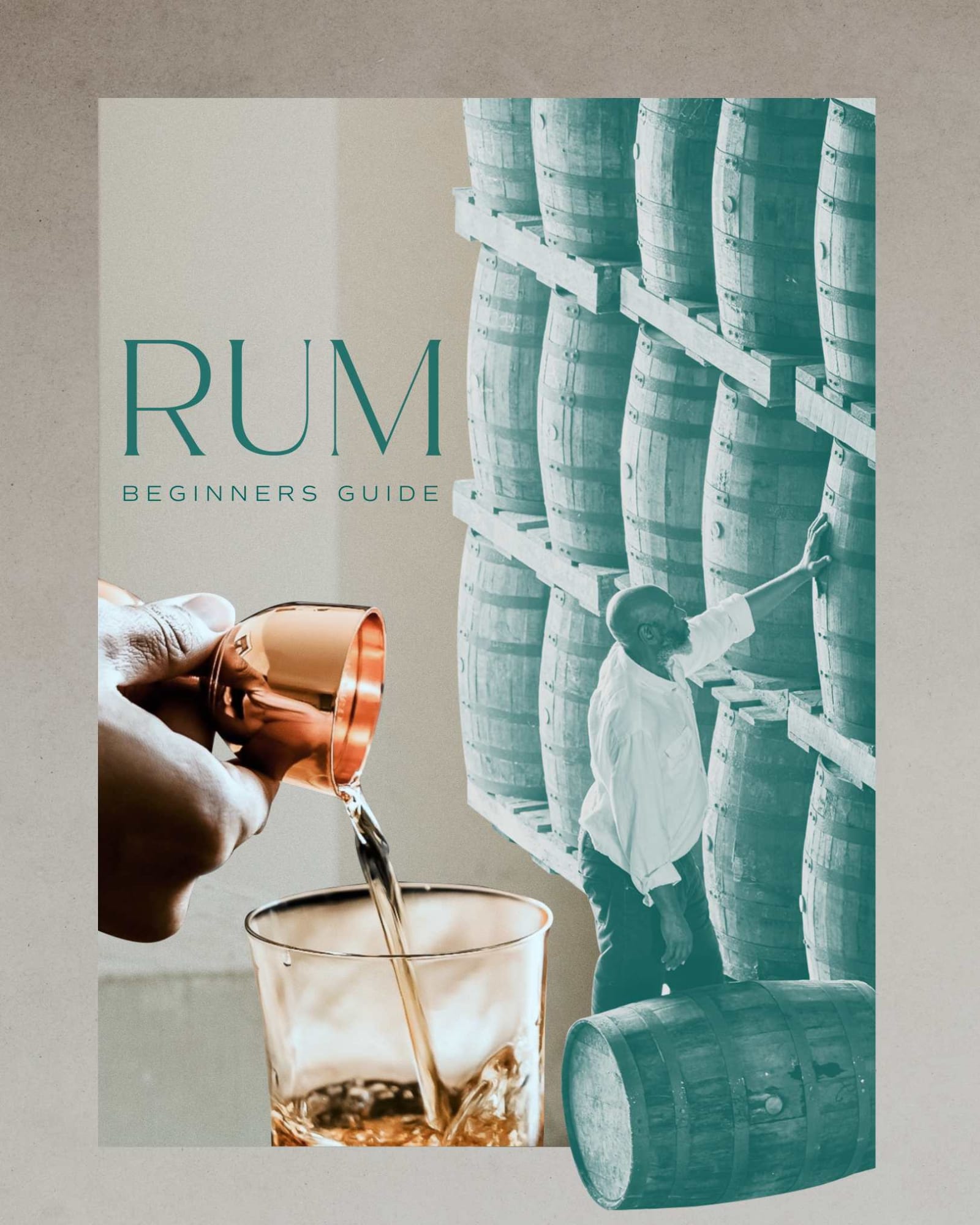
A beginner's guide to Rum
The history of rum is as storied and varied as the bottlings you can see on shelves today. The spirit is thought to date back to the 17th century when it was first produced in the Caribbean. Key to its creation was the demand for sugar but through using its by-product, molasses, an entirely new form of industry emerged.
In the centuries since, not only is rum made all over the world, new ideas regarding producing and blending it are just as common to find as processes that have not changed at all in the hundreds of years that have flown past.
There’s never been a better time to be a rum drinker. You can find both rums made from sugarcane juice or molasses and bottles ranging from unaged offerings to vintage rums that have been matured in casks for decades.
Here’s a quick guide that outlines the key elements to understand about rum, as well as a few of the categories and what defines them to help you find the perfect bottle for you.
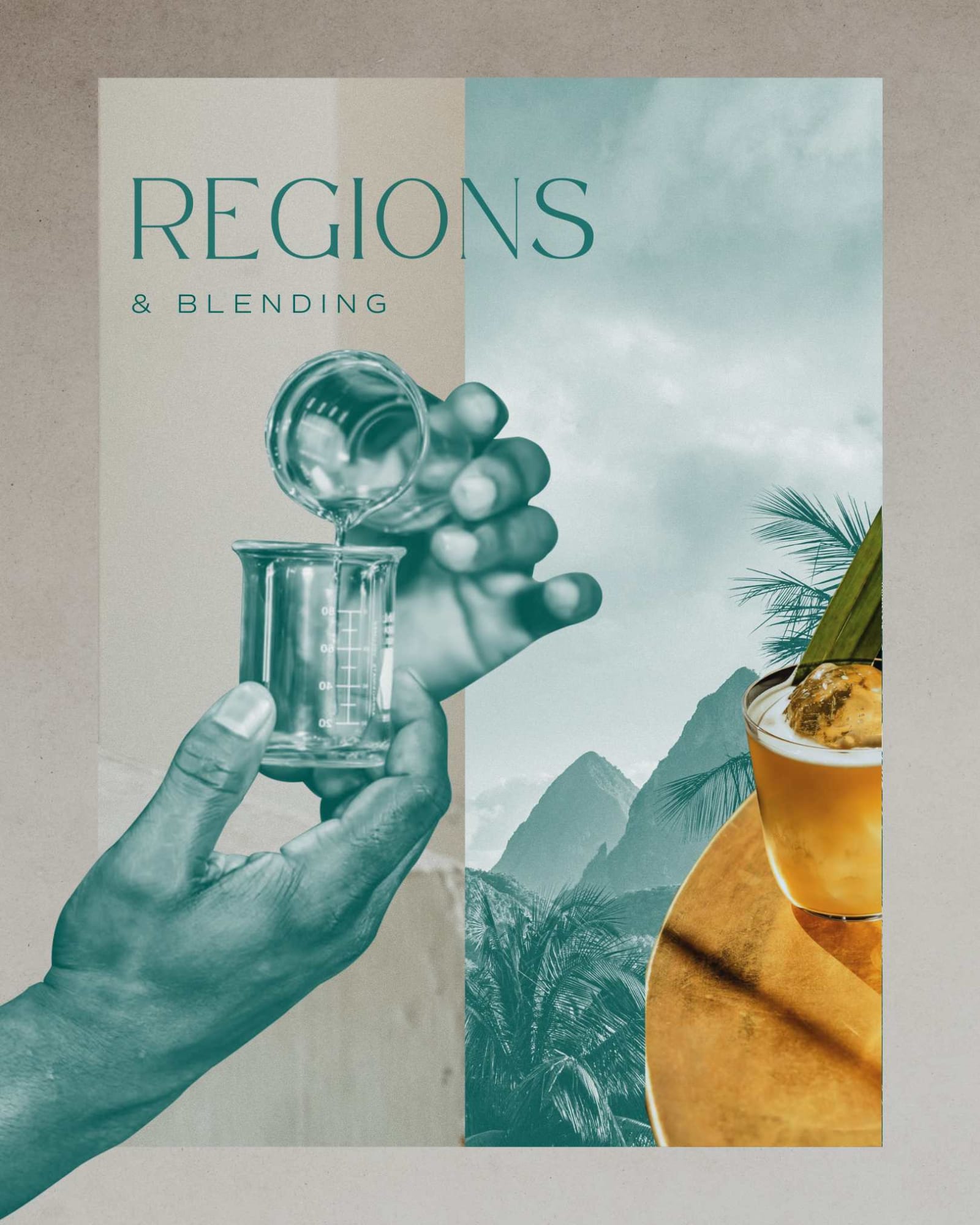
The Regions of Rum
The way rum is produced, and most importantly produced differently, can only be fully appreciated by looking at each of the respective country’s histories and those who occupied them.
Former British colonies tend to produce rums that are made from molasses, such as Barbados, Jamaica, and Trinidad & Tobago, while former French colonies such as Martinique or Guadeloupe lean towards Rum Agricole which is made from fresh sugar can juice. Equally, former Spanish settlements evolved production methods taken from bodegas and applied to rum, such as Solera systems.
There are many exceptions to these generalisations but looking at rum’s regions in the context of how those countries evolved allows you to understand is that rum’s regional styles also evolved over centuries. They were rarely actively selected processes chosen for certain flavour styles and more a by-product of political and financial circumstances that dictated what was possible for local producers. A great example of this is Cuban Rum.
Many brands today are blends of rums, sourced from multiple distilleries and there have been several large volume producing regions that are better known for spirit sent for blending than they are for having a distinct flavour profile and recognised brand - such as Fiji, Puerto Rico and Guyana.
Thankfully, with the growing interest in rum, many of these hidden in plain sight gems are now coming to international acclaim and releasing expressions that showcase their identity!
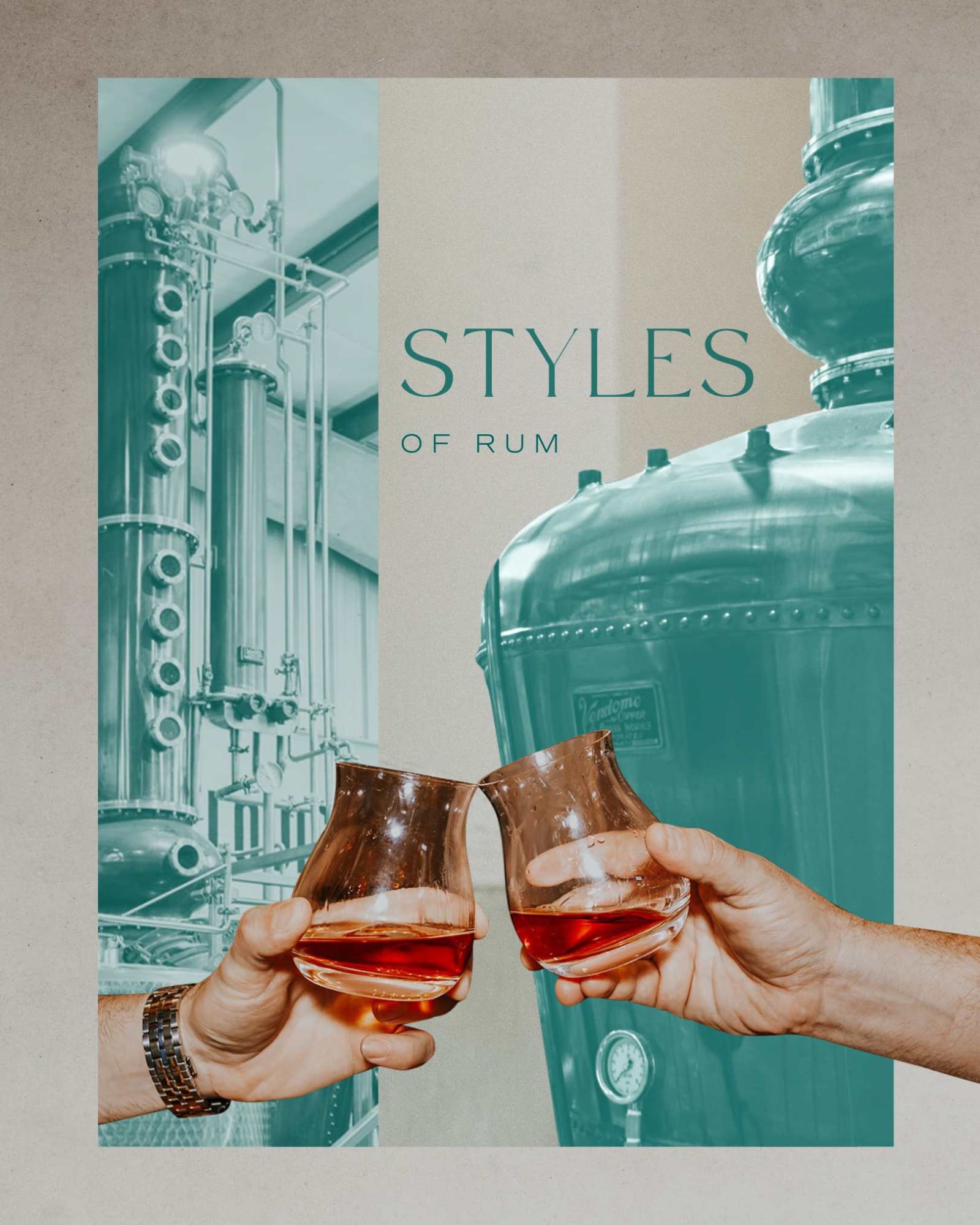
Styles of Rum
There are several different types of rum, each with its own characteristics. The most common types of rum include White, Golden and Dark.
Typically, White Rum is light-bodied. Some white rums are aged and then filtered (which removes some of the colour) and for many years the expectation was that they would be light and more subtle compared to aged variants. This means many white rums are made using column stills and have not been aged for longer than 1 to 2 years. Thankfully this is slowly becoming less representative of the style, and you can find complex pot-still rums that deliver big funky hit.
Golden Rums are usually slightly richer and more full-bodied, often having spent some time in oak casks and / or the addition of caramel, while Dark Rum has ordinarily been aged for more extensive periods of time and more likely to have notes of vanilla, oak and butterscotch alongside the tropical fruits and cane.
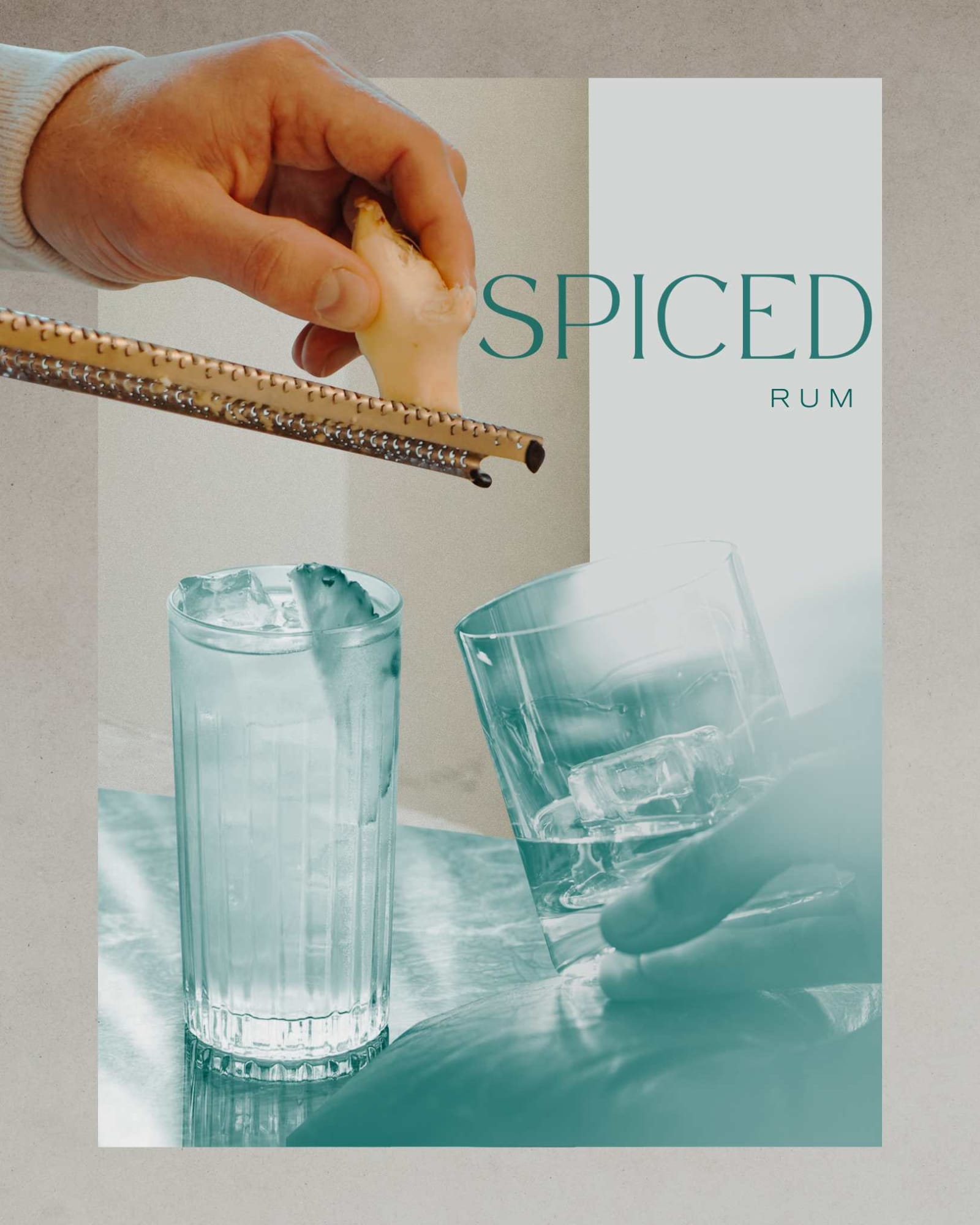
Spiced Rum
Spiced rum is a category where rum has been infused with spices and herbs. This can be as part of the distillation process or done after. Indeed, some brands are simply a rum base that has been flavoured in some way.
Once considered inferior and sweetened for the masses, Spiced Rum has had a change of course and now boasts offerings that are complex, not overtly sweetened and makes for great cocktail ingredients.
You can find singular infusions such as pineapple, or traditional spices such as vanilla, cinnamon, cloves, ginger and cardamom as well as mixed line ups that bring together citrus and spice to stunning effect. Botanical Rums and Flavoured Rums also fit into this genre, where a base rum has been redistilled with ingredients like coconut or citrus – transforming an ordinary base into something delicious.
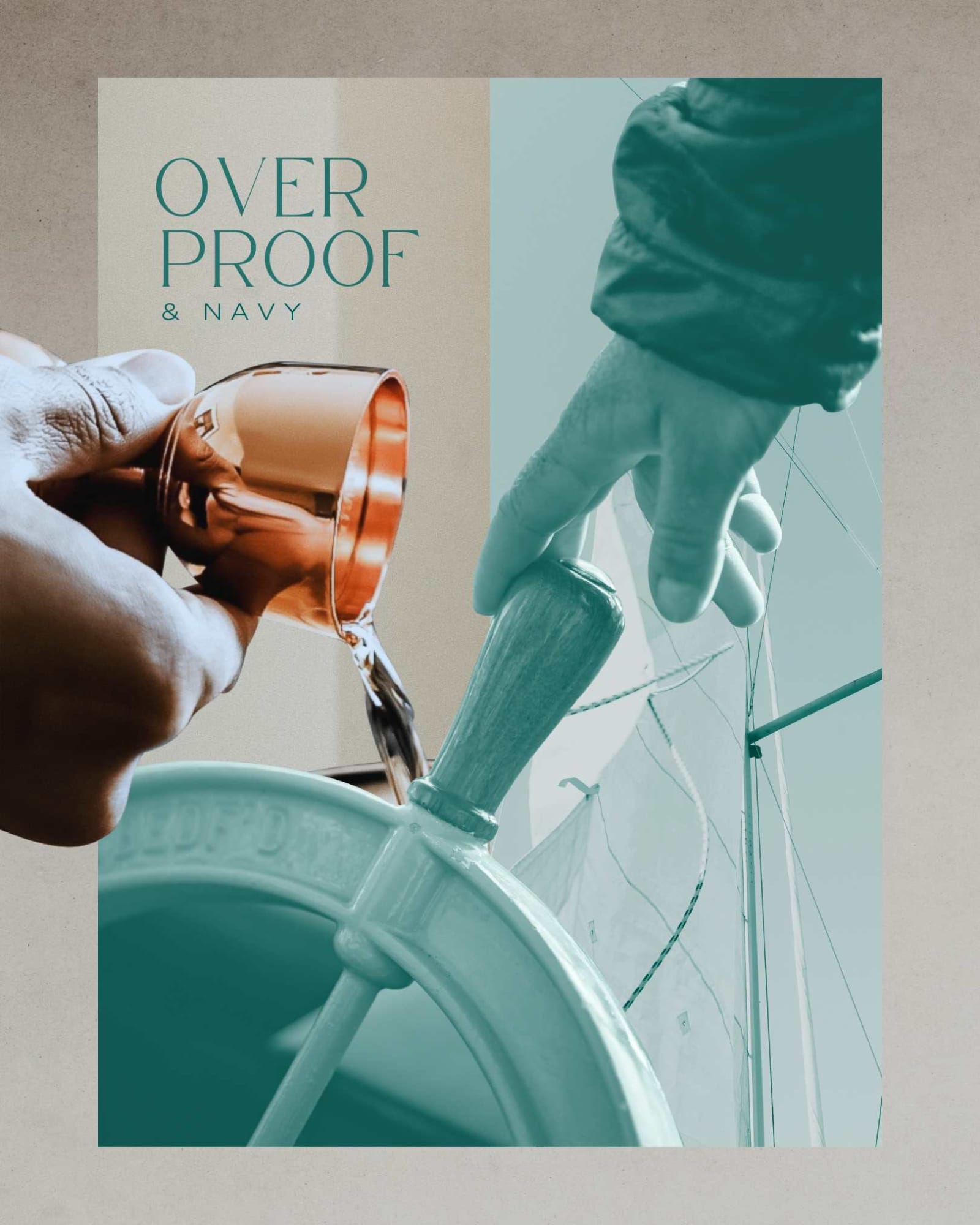
Overproof Rum
Overproof rum is a style of rum that is higher in alcohol content that got its moniker from the British Navy. When buying rum rations Navy officers would test a batch to check its strength and quality. One of the tests was the degree beyond which the gunpowder ignites, even when soaked with rum. Only higher ABV rums would do this and that would be the “Proof” needed to pass.
As for what that means in today’s more scientific world? The British set 100 Proof at 57.1% ABV, while Americans set it at 50%. It is therefore possible to find Navy Strength “Overproof” expressions in the 50% - going all the way up to the likes of Rum Bar and Wray & Nephew which are in the 60’s.
Overproof rums are great for Tiki cocktails and ideal for those making big batches of Punch.

Rhum Agricole
Rhum Agricole is style of rum that originated from the French Caribbean islands. Agricole translates from French as “agricultural”, which is a great way to understand what flavours to expect. Grassy, slightly funky taste lead and often the terroir of the sugarcane comes through in the spirit itself.
Rhum Agricole differs from traditional rum in that it is made by fermenting and distilling the juice pressed from sugar cane instead of using molasses, a by-product of sugar production.
While there are many producers dotted over the world today, it is still heavily associated with French speaking island countries. Tahiti has brilliant producers as does Guadeloupe, but most of all its linked with Martinique where it was thought to have been invented after the island nation’s refined sugar market collapsed.
Martinique even has its own appellation and some of the producers have earned iconic status amongst rum drinkers.
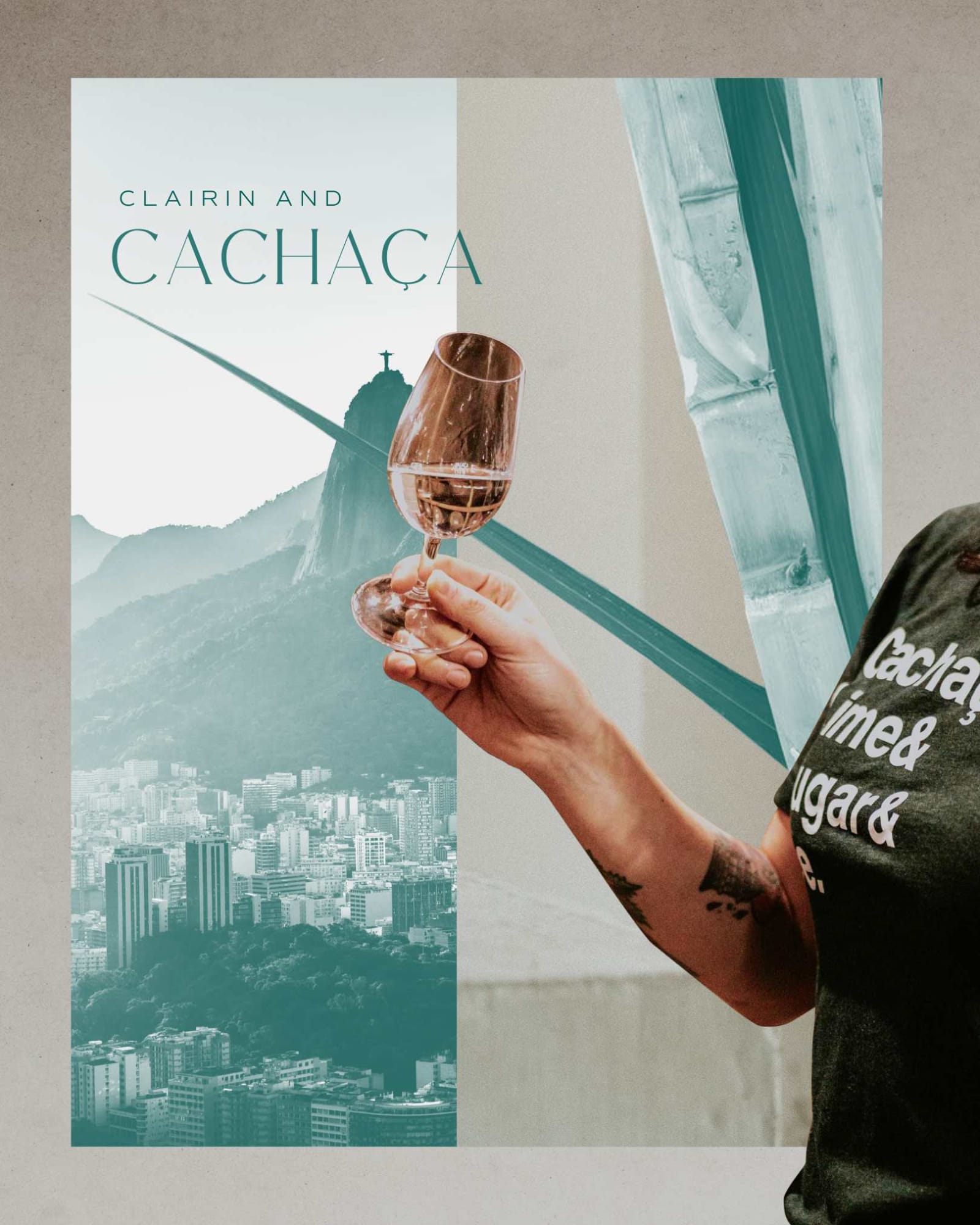
Clairin & Cachaca
Technically, both Clairin & Cachaca are rums but given their unique properties, production quirks and singular geographies - it seems inconceivable to lump them into the category as another style.
Very similar to Rhum Agricole, Clairin is an Eau-de-vie made from pure sugarcane juice manufactured in Haiti. It is a very artisanal product with wild fermentation, distillation in rudimentary stills and often bottled without water reduction. Think of it as the rum’s answer to Artisanal Mezcal Ancestral – local communities, tiny stills and micro harvests.
Meanwhile Cachaça is the Brazilian equivalent and can also only be made from pure cane juice.
Traditionally Cachaça is once distilled, and alcohol levels are tightly regulated so that it is bottled between 38% and 48% ABV. Despite not being that well known outside of the country, there are thousands of distilleries making Cachaça in Brazil. More and more, aged versions that harness indigenous wood varieties are being released, which showcase Brazil’s terroir and the potential of the spirit to its full extent.
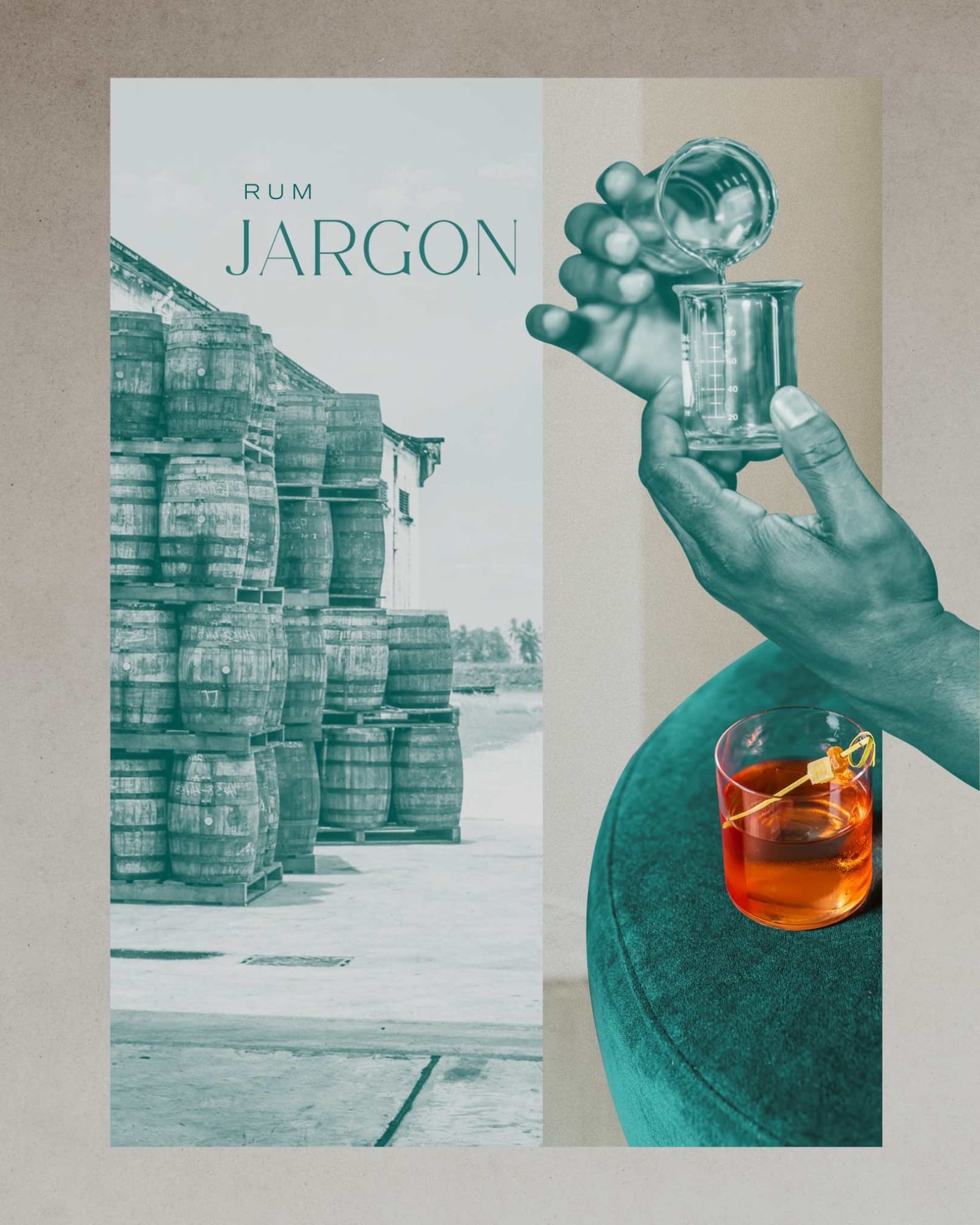
Rum Jargon
Rum has its own jargon and some terms on labels can vary from being a bit vague, to outright confusing. One of the terms that comes up most often is Esters.
Esters are aromatic components that are found in distilled spirits. They are completely natural compounds that are created during the fermentation process. A distiller can keep many of these esters by using pot stills and only undertake simple distillations, or remove many of them by distilling the spirit further (for example, by using a column still).
The final spirit is measured to define the ester concentration of a rum.
Esters are the source of much of the flavours you can smell and taste and in the case of Rum. Some esters provide fruitiness, butterscotch or caramel notes whereas others will have more medicinal and solvent-like qualities.
Jamaican rums are renowned to be "high ester" rums which is why so many have got that distinct funk – a unique combination of exotic tropical fruit, apple and whiff of nail polish remover.
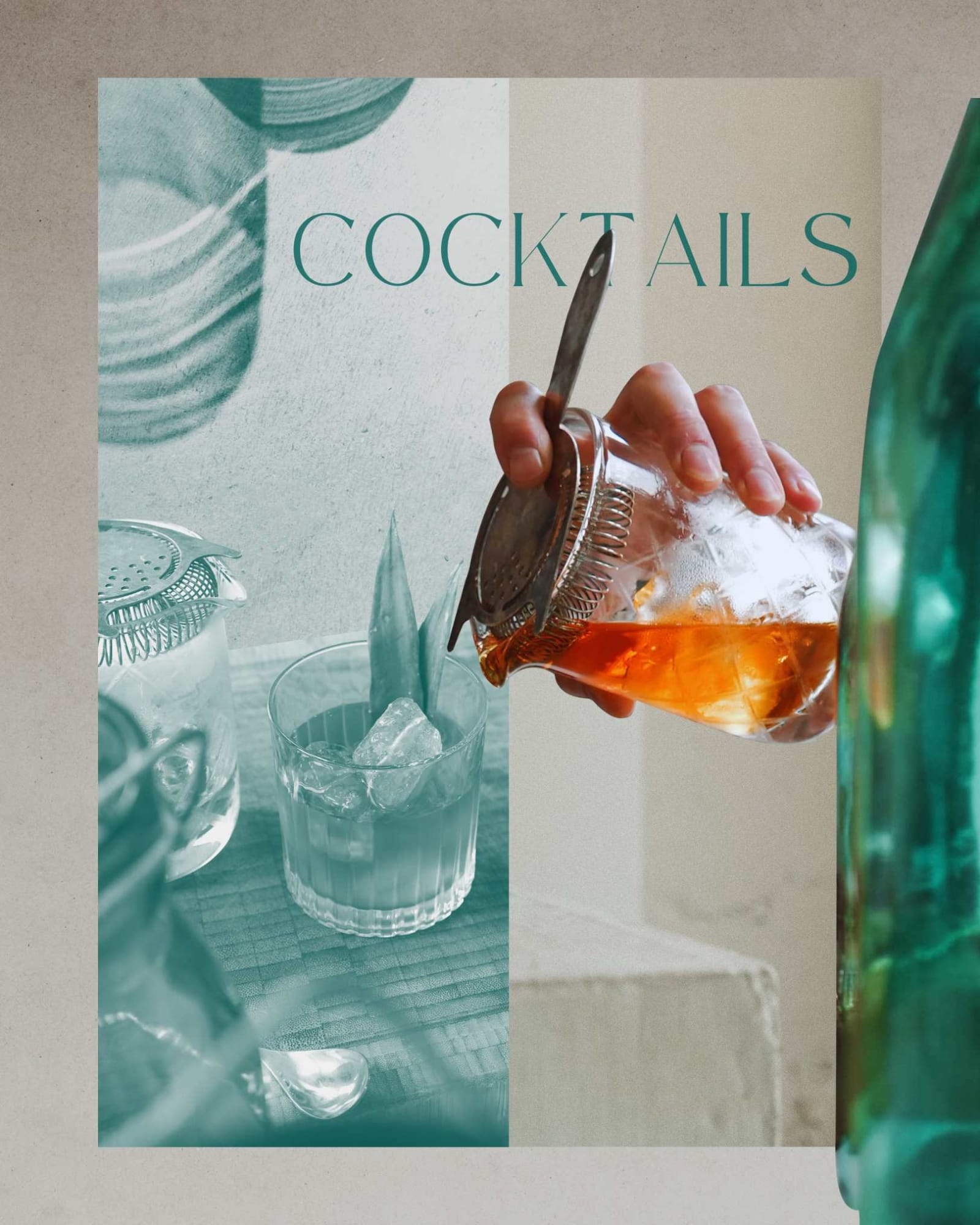
Rum Cocktails
The very best rums are a delight to savour neat or on the rocks. Meanwhile the many styles of rum showcase just how versatile a spirit it can be and open-up endless possibilities when it comes to cocktails.
The most famous rum cocktails include the Mai Tai, the Daiquiri and the classic Mojito. Each can be made using any type of rum. That said, certain styles suit some recipes better than others.
For fans of White Rum and, the lighter style and it’s delicate and fragrant nature suits the likes of the Cuba Libre, the Daiquiri and the Missionary’s Downfall best. Meanwhile Golden Rum combines the subtlety of lighter rum and the full-bodied nature of dark(er) offerings making them perfect for a Mojito.
Dark & Stormy fans know what to use for that, while Overproof Rum drinkers will find the perfect cocktails in either the Painkiller or the Zombie – both are under-appreciated TIKI classics.
Recognised styles aside, when you find a delicious Aged Rum and use it in a cocktail, you’ll soon understand why quality matters and just how much depth you can add to a Mai Tai, Pina Colada, Old Cuban or Planter’s Punch. Equally, Spiced Rums allow for riffs on classics that can be as fun to experiment with as they are to sip on.
